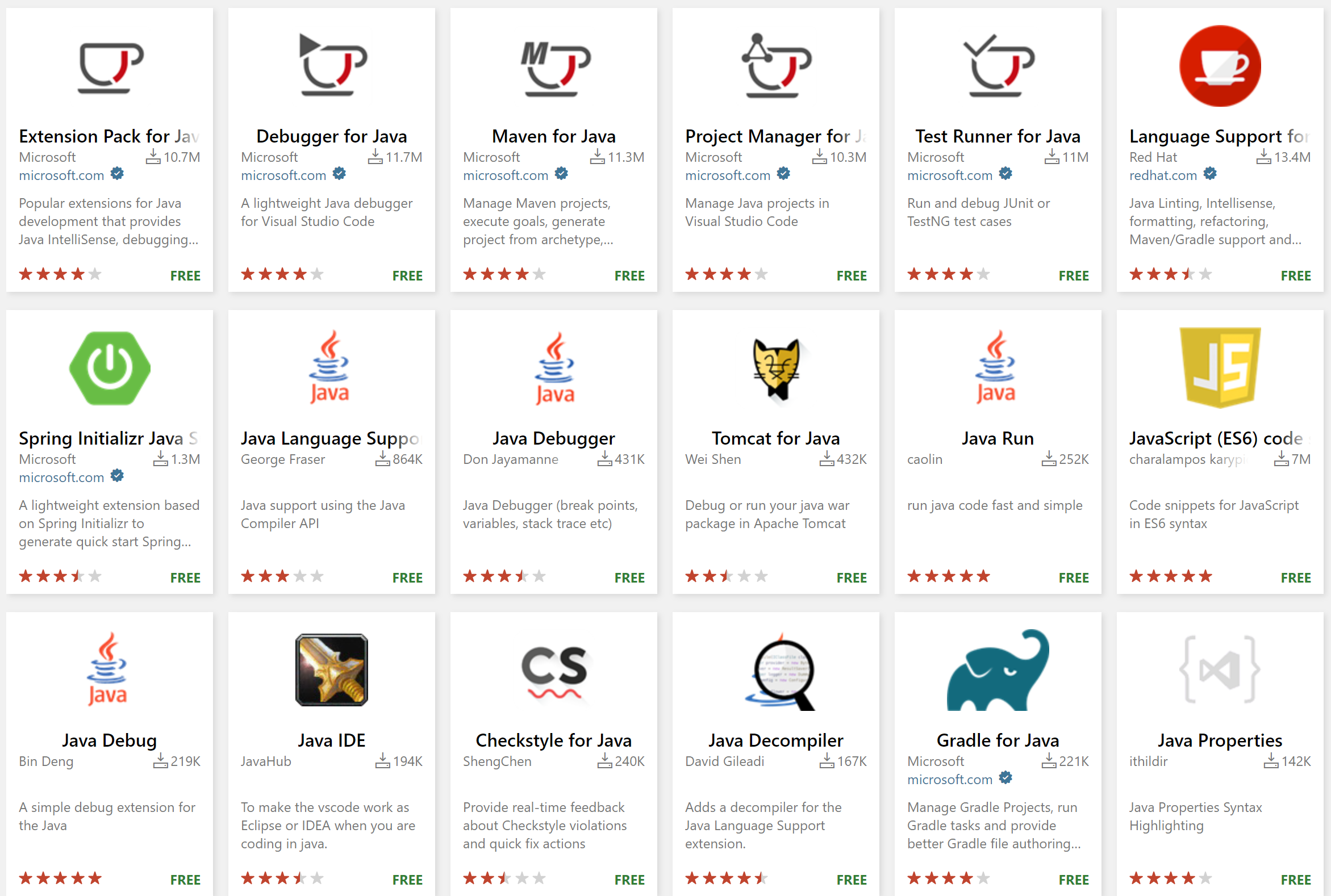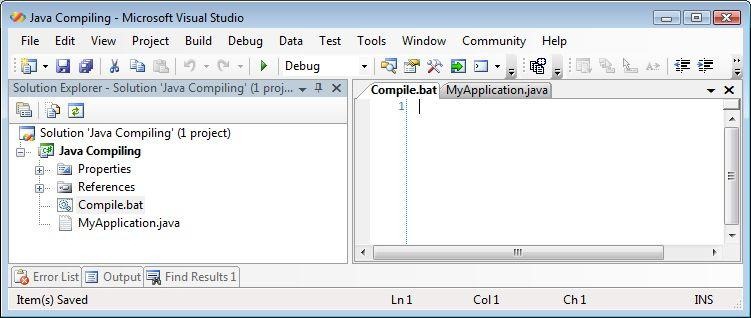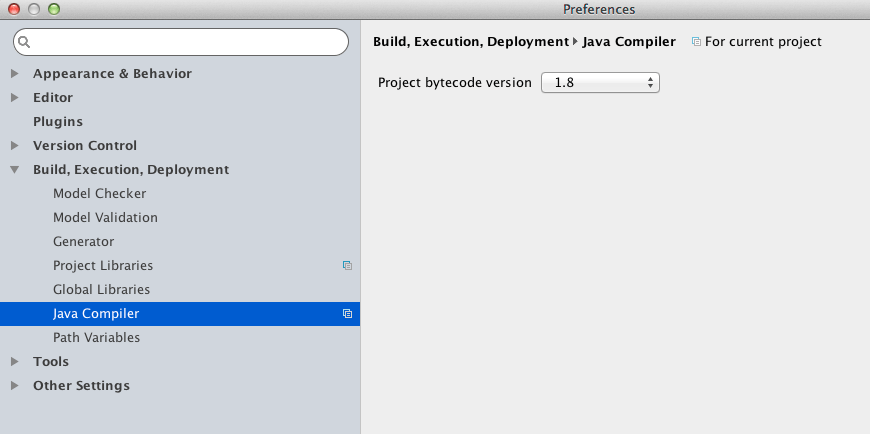
For more information, see Introduction to class data sharing. You can share class data between running VMs, which can reduce the startup time for a VM once the cache has been created. To learn more about these policies and the types of application workload that can benefit from them, see Garbage collection policies. OpenJ9 includes several garbage collection policies. You can also improve performance by enabling hardware features or using specific APIs in your application code. However, if your application is atypical, you can improve performance by tuning the OpenJ9 VM. OpenJ9 is configured to start with a set of default options that provide the optimal runtime environment for Java applications with typical workloads.

Follow the links provided for more detailed information. This material provides information about the VM configuration and tuning options, together with the default settings. A Java program requires a specific VM to run on a particular platform, such as Linux®, z/OS®, or Windows™. The VM acts as a translator between the language and the underlying operating system and hardware. OpenJ9 is a high performance, scalable, Java™ virtual machine (VM) implementation that is fully compliant with the Java Virtual Machine Specification.Īt run time, the VM interprets the Java bytecode that is compiled by the Java compiler.

XX:OriginalJDK8HeapSizeCompatibilityMode These improvements should further increase the scientific community’s acceptance of the Java programming language in the development of high-performance, high-productivity, scientific .100ns Application runtime gains of up to 20 % result from employing these techniques. This paper implements object and array alias strategies to address the aliasing problem while utilizing an idea from Telescoping Languages to address the binary method invocation problem. Two major impediments to effective object inlining are object and array aliasing and binary method invocations.
IMPROVE.DK COMPILING JAVA CODE
This paper extends prior work on object inlining by improving the analysis and developing new code transformation techniques to further improve the performance of high performance applications written in high-productivity, object-oriented style. Previous work in improving the performance of object-oriented, high-performance, scientific Java applications consisted of high level compiler optimization and analysis strategies, such as class specialization and object inlining.


One major obstacle to its broad acceptance is its mediocre performance when compared to Fortan or C, especially if the developers use object-oriented features of the language extensively. Java is a high productivity object-oriented programming language that is rapidly gaining popularity in high-performance application development.


 0 kommentar(er)
0 kommentar(er)
